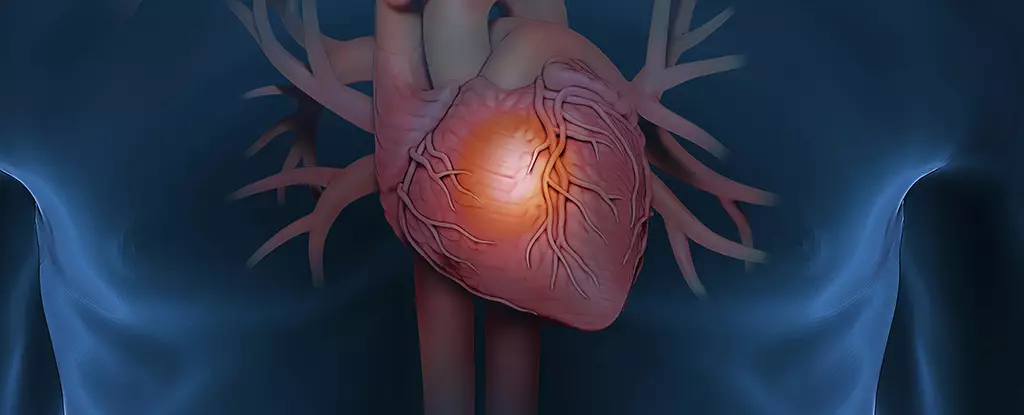Recent advancements in cardiac therapy have unveiled astonishing possibilities regarding the human heart’s inherent regenerative abilities, particularly following instances of heart failure. An international study has shed light on groundbreaking insights suggesting that with the appropriate therapeutic interventions, the heart may be capable of achieving repair capabilities that surpass those found in a healthy state. This burgeoning understanding prompts an important question: How can we harness these insights to significantly enhance recovery trajectories for patients suffering from heart damage?
The Role of Left Ventricular Assist Devices
At the heart of this exploration are left ventricular assist devices (LVADs), which are surgically implanted tools designed to aid blood circulation in patients enduring advanced heart failure. Typically, these patients rely on LVADs for long-term support, as they await heart transplants or to determine if their condition can sufficiently improve. Remarkably, some individuals show substantial heart function restoration, which can even lead to the potential removal of LVADs. Despite this encouraging scenario, the biological mechanisms enabling such recovery remained largely elusive.
Researchers embarked on a quest to decipher whether LVAD support contributed to the production of new heart muscle cells, or cardiomyocytes, during the recovery process. By analyzing the presence of radioactive carbon (14C) within cardiac cells, the team established a method to gauge the age of those cells, utilizing the declining levels of 14C in the environment since nuclear testing ceased in the 1960s. This innovative approach provided crucial insights into the cardiac regeneration process in patients.
The findings revealed a stark contrast in cardiomyocyte regeneration between typical healthy hearts and those suffering from heart failure. In a healthy heart, regeneration rates are impressively robust, yet in the context of heart failure, these rates plummeted to a range between 18 to 50 times less effective. Interestingly, with the assistance of an LVAD, researchers observed a significant revitalization, with patients’ hearts regenerating cells at speeds at least six times greater than those of healthy individuals.
This remarkable upsurge in cardiomyocyte renewal raises intriguing hypotheses. Could LVADs be inadvertently activating a latent repair mechanism within the heart? While the researchers, including molecular biologist Olaf Bergmann from the Karolinska Institute, express optimism regarding these revelations, there remains an ongoing necessity for deeper investigations to uncover the fundamental processes driving this enhanced recovery.
Understanding the underlying mechanisms that empower the heart to heal itself after enduring stress and damage is pivotal for medical science. Acknowledging that boosting natural healing capabilities could offer a more holistic and direct approach to cardiac therapy marks a significant advancement compared to existing treatments that often rely on cell transplants from different parts of the body.
Progress is being made on multiple fronts. Scientists are continually refining techniques to cultivate cardiac tissues in laboratory settings. There is also an increasing focus on the biological processes governing heart reparative strategies and methods to induce heart cells to exhibit properties akin to stem cells, which possess unique regenerative capabilities.
As research unfolds, the implications of enhancing self-repair mechanisms in the heart post-failure cannot be overstated. The promising findings related to LVADs hint at a larger potential: developing therapeutic avenues that promote natural recovery pathways in cardiac tissues. While many questions remain unanswered regarding the exact biological processes at play, the hope is palpable—patients afflicted with heart damage might soon benefit from advanced techniques that can significantly accelerate their recovery journey. As Bergmann articulates, this emerging knowledge provides a glimmer of hope that the aftermath of cardiac incidents could transform fundamentally, facilitating a new era in cardiac healthcare and recovery.


Leave a Reply